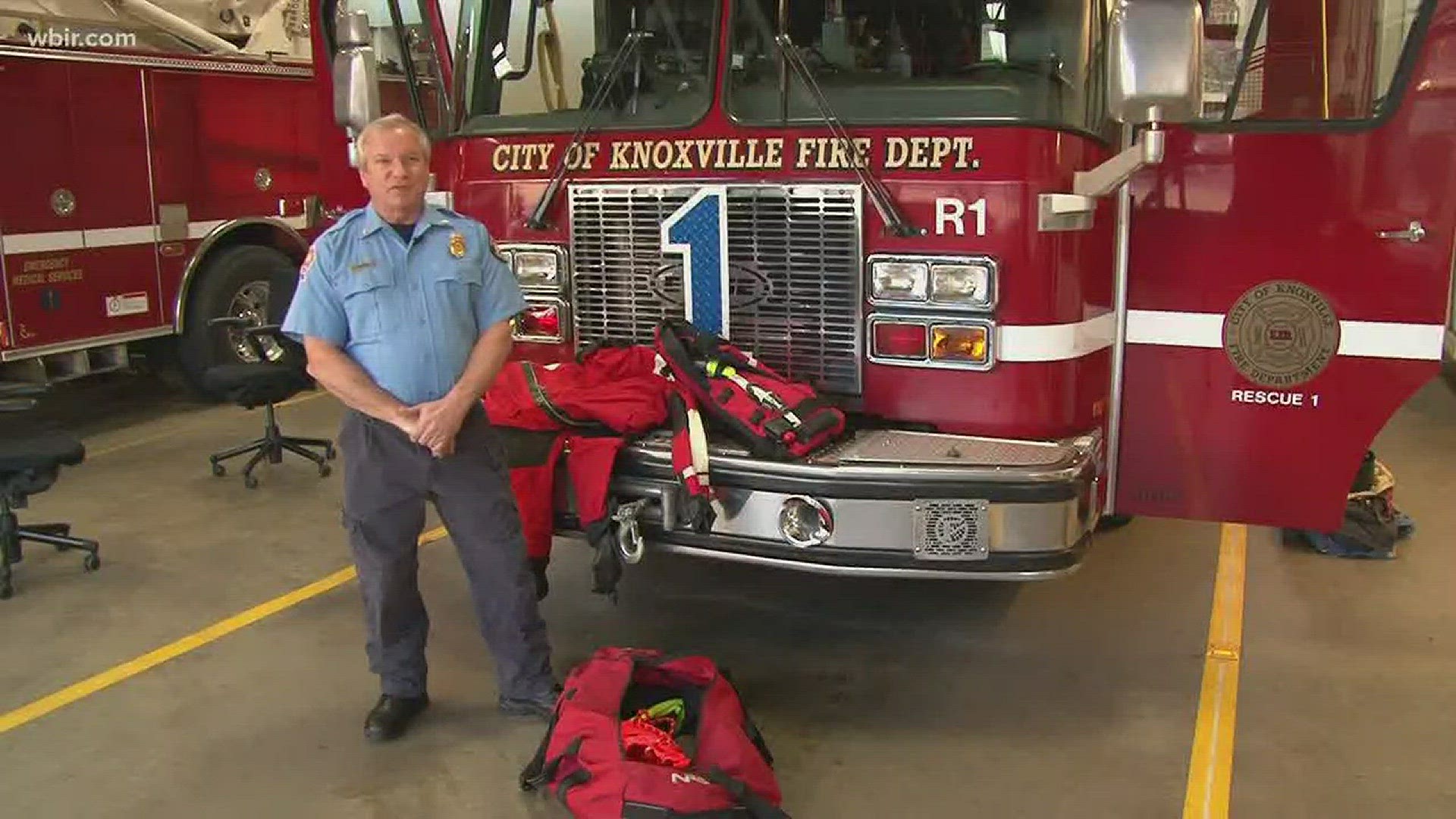Capt. Cecil Risden has seen a lot in his time with the Knoxville Fire Department.
Working with the rescue truck, he's seen and trained for a number of scenarios. But even as temperatures drop in Knoxville, there's one he's not worried about.
"29 years I've been on the fire department and I've never seen an ice rescue in East Tennessee,” Risden said.
It simply doesn't get cold enough, long enough for big bodies of water to freeze.
One issue we do have is flooding - some of the worst came back in February 2011.
"Not as cold as this, but we've done quite a few water rescues back when Broadway was flooded out,” Risden explained.
During heavy rain Risden says Knoxville fire gets four to five calls a day of drivers stuck in high water.
"When you go in the first thing they do is start reaching and pushing you under. So you've got to have training, equipment and keep your wits about you,” Risden said.
Small ponds and lakes do get icy this time of year. We've seen across the country the danger seemingly solid ice can cause for animals and people trying to rescue them.
"I'd say keep (your pets) on a leash and not let it go near the water,” Risden said.
If you find yourself under water it's important to stay calm and put yourself in position to be rescued.
"The first thing they need to do is try to is put both arms up on the ice and kick and try to move their self-up onto the ice,” Risden said.
Experts say ice needs to be at least four inches thick for you to stand on it safely, but since it's hard to tell how thick it is, the best move is to stay off of it completely.

